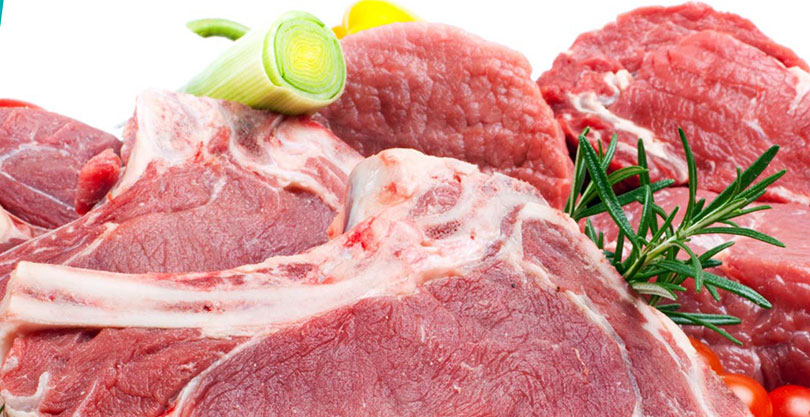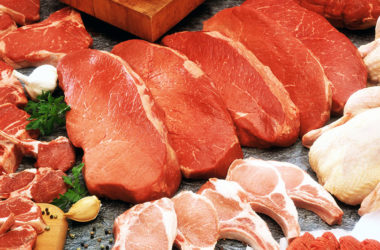In search of what he called “clean” food for lunch, Alexander Minnelli chose ProteinHouse, one of the new restaurants in downtown Kansas City.
The bodybuilder asked for a Greek bowl in which a “natural” turkey burger, produced without antibiotics, was plugged. Minnelli describes the “purity” as a whole “is not something fried”, “not GMO, without preservatives, something cooked at the same time, fresh”.

Cheap prices for meat
Healthy eaters, such as Minnelli, helping to boost what will be a record year for meat consumption in the United States, along with cheap prices for meat and trends, such as “passion for pork.” Each of us, on average, consumes more than 222 pounds of beef, pork, chicken or turkey, according to the US Department of Agriculture.
“We are a nation of protein consumers,” said David Portalatin, food industry analyst at NPD Group, a global firm that tracks consumer behavior.
According to a study by the NPD Group, 51% of consumers refer to protein as the main nutrient they wish to add to their diet. According to him, most consumers do not stick to a fad diet, but eat less carbohydrates.
“There are several (low-carbohydrate diets), people can ask for parts,” he said, “but ultimately what the consumer says:”. I will do what works for me ”
Despite the growing interest in vegetable or laboratory proteins, Portalatin said that the actual consumption of these things is small compared to the popularity of beef, pork, chicken and turkey.
Protein consumers
NPD research shows that when consumers say they are looking for protein, it is normally animal protein, although now they are talking about the desire to “clean”, a definition that means different things to different people, even though it includes terms as organic, free of cells or in free access.
According to Portalatin, Americans also collect more protein through eggs and milk substitutes, such as almond milk and coconut milk.
His research shows that consumers also do not like the typical definition of diet. This is true for Thomas Donnelly, who ordered a container of hummus at ProteinHouse and said he basically stays away from the meat, more or less.
“But then I’ll barbecue on weekends from time to time,” he said.
Meat consumers
Donnelly also said that she does not like labels, like vegetarian or flexible ones, they are people who eat mainly vegetables with a little meat. This makes sense to David Sprinkle, a food researcher with packaged facts.
“The confusion in the trends of consumer products is that conflicting trends always work,” Sprinkle said, “often in the same person and on the same day.”
Movement “sprayer” meat sees much more in traditional and not-so-healthy meals, “There is a real feast of meat of all kinds, and we have seen that with pork passion meat, pulled pork sausage, bacon wholesale,” We see the bacon in our candy bars. ”
Burgers, roast chicken, ribs and meat
Other major trends are high-calorie foods, such as gourmet burgers, roast chicken, ribs and meat.
And do not forget that the meat supplies of red meat and chicken in the US reached a record level, due to excess grain, so prices in the supermarket are low.
The cheaper the meat, the more you will eat. Although the USDA recommends daily receiving five to six ounces of protein, it predicts that we will consume twice as much every day this year.


